Featured Posts

I wish I had a fort
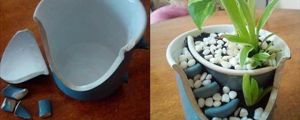
The powerof positive thinking
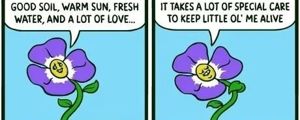
NASA

Pray for Australia

Take care of each other

She has emerged

My soul feels so much better
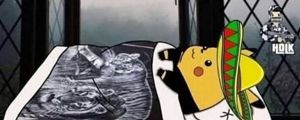
I just ordered one. #Just2019HispanicThings
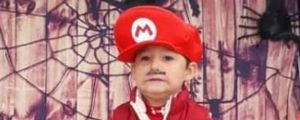
He really wanted his photo at the Halloween party, but was super scared of the spiders

The Only Thing More Contagious Than COVID19 Might Be This Fox's Smile
About
FAQ
Contact
Rules
Terms
Privacy
Feedback
Keyboard Shortcuts:
Previous Post · Next Post · + CTRL Skip Post
Previous Post · Next Post · + CTRL Skip Post
© 2025 FunSubstance · funny and entertaining pictures, memes, gifs & videos.
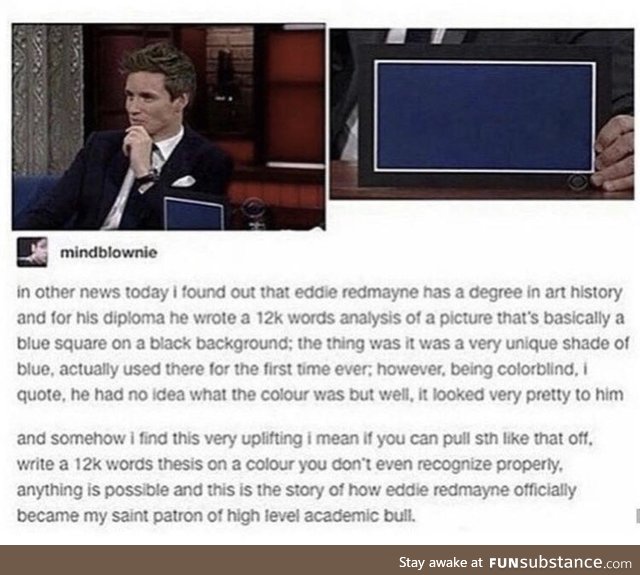


Additionnally, this piece -that you can find ridiculous, that's entirely your right- has changed some things in history of art -can one possess an entire color? Can a stupid blue square be considered a painting? Because of this, it's acquired some importance. Because of its monetary value too, let's be honest here. Knowing how it's produced is crucial if/when the piece needs to be restored.